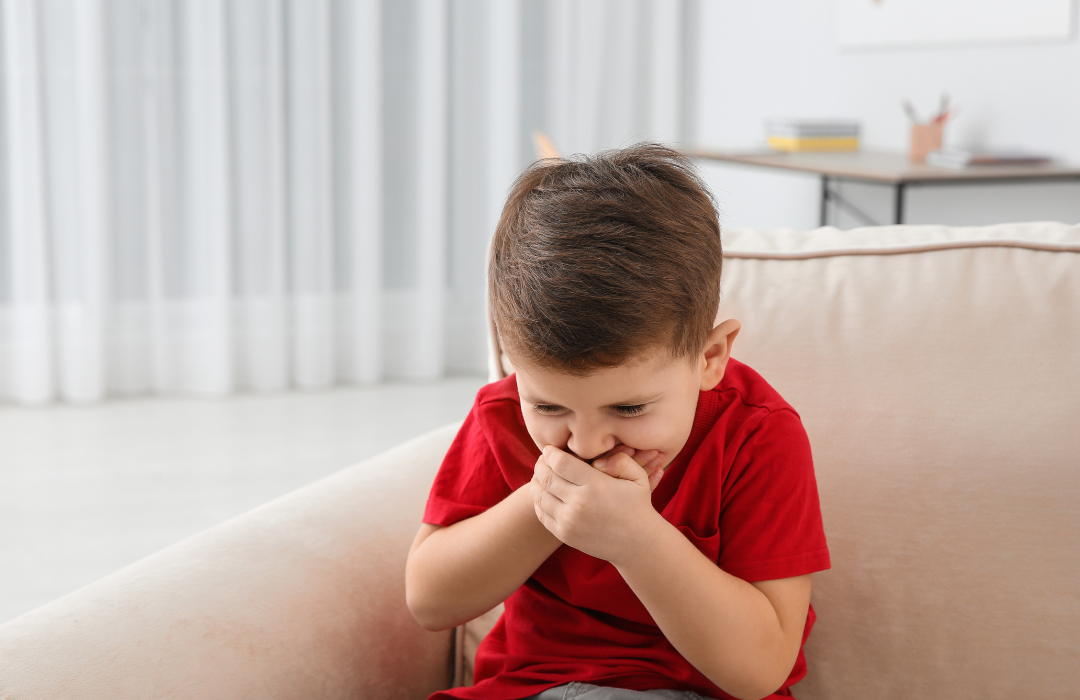
Recognising and Responding to Allergic Reactions in Children
Date: Wednesday, 30 October 2024. -
Blog, First Aid, Paediatric
A common medical issue among children is an allergic reaction - these can range from mild to life-threatening depending on the allergy. Steps should be taken to prevent children with allergies from coming into contact with allergens, but this isn’t always possible and accidents happen.
Acting decisively and promptly in an allergy situation can prevent serious harm or death.
Preventative measures
Allergy testing should be carried out or recommended if a child shows any signs of an allergic reaction to confirm. Allergen-free zones should be set up in homes or classrooms etc. if a child has an allergy.
Food Safety
Always read ingredient labels on food, medications, and skincare products. Many allergens, such as nuts, dairy, or gluten, can be hidden in processed foods.
You should practise food safety such as using separate cutting boards, utensils, and serving dishes for allergenic foods. You should also clean surfaces, utensils, and hands after handling common allergens, especially when preparing food for a child with known food allergies.
Educate children and families
Ensure all caregivers and family members recognise signs of an allergic reaction and understand what steps to take if it happens. Make sure they know how to use an epinephrine auto-injector if prescribed and understand the child’s specific allergies and reaction history.
Recognising an allergic reaction
The signs of an allergic reaction are not always obvious and can range from mild, such as a runny nose and itchiness on the skin, to severe, including anaphylaxis.
Anaphylaxis is a potentially life-threatening condition that can occur in response to any allergen, but the most common ones include: insects bites, foods such as peanuts, tree nuts, soy, milk, fruit and eggs, as well as drugs such as amoxicillin and penicillin.
Signs of Anaphylaxis
The most well-known symptom of anaphylaxis is swelling of the airways, which causes difficulty breathing, wheezing, coughing as well as difficulty swallowing. Immediate attention is required if these symptoms are present.
Some symptoms appear less obviously, including feeling lightheaded or faint, dizziness, nausea, vomiting, diarrhoea, abdominal pain or cramping, confusion, anxiety, heart palpitations, or collapse and unconsciousness

Responding to an allergic reaction
If a child is experiencing anaphlaxis, you should immediately call 999 and administer their autoinjector or epipen if they have one. This is injected into the outer thigh, if condition doesn’t improve the child may need another injector.
If the child begins to breathe comfortably, they can sit and await emergency services.
Consider a Paediatric First Aid course
If working in an environment where children are often present, you should consider yourself or your staff taking part in a paediatric first aid course; these courses cover a range of common medical emergencies in children, including allergies and anaphylaxis.
Imperative Training has been offering the highest standard of First Aid training for more than two decades, with accredited courses available across the UK. You can view our Paediatric First Aid course here.
